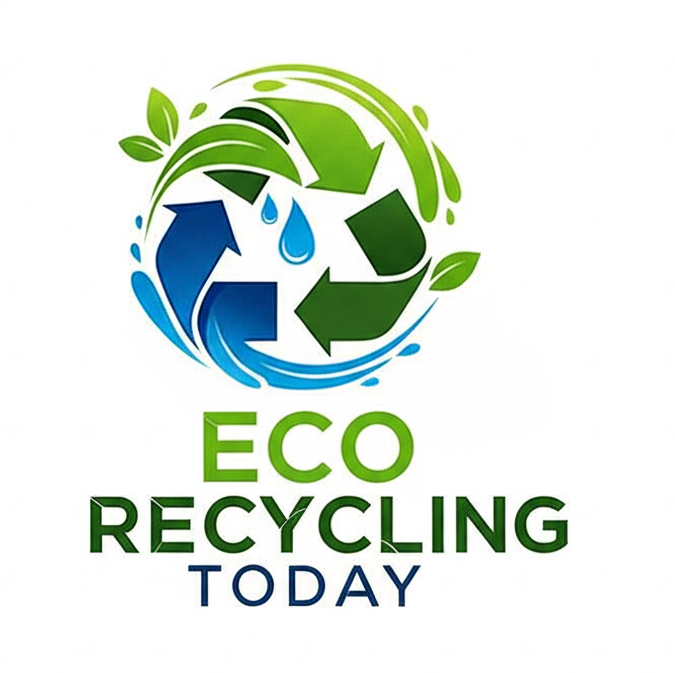In today’s eco-conscious landscape, manufacturers are under increasing pressure to adopt sustainable practices. One powerful strategy gaining traction is closed-loop recycling—a circular system that minimizes waste and maximizes resource efficiency. This guide explains what closed-loop recycling systems are, their benefits for manufacturers, and how to implement them.
What Is a Closed-Loop Recycling System?
A closed-loop recycling system is a manufacturing process where waste or end-of-life products are collected, processed, and reused as raw materials for the same or similar products—without exiting the production cycle. Unlike linear systems (take, make, dispose), closed-loop systems aim to create a sustainable cycle that conserves resources and reduces landfill use.
Examples of Closed-Loop Recycling in Manufacturing:
- Plastic Bottles → Recycled into new bottles
- Aluminum Cans → Melted and reformed into new cans
- Scrap Metal → Recycled into new car parts or machinery
- Recycled Pallets → Turned into new shipping platforms
Benefits of Closed-Loop Recycling
1. Cost Savings
Reusing materials reduces the need for virgin raw materials, which often come with higher costs due to extraction, processing, and transportation.
2. Supply Chain Security
By recycling in-house or within a network, manufacturers gain more control over material availability and quality—helpful during global disruptions.
3. Environmental Impact Reduction
Closed-loop systems dramatically cut down landfill waste, greenhouse gas emissions, and energy usage—key metrics for ESG reporting and sustainability goals.
4. Regulatory Compliance
As governments tighten regulations on waste and carbon output, closed-loop recycling helps companies stay ahead of compliance requirements.
5. Enhanced Brand Image
Consumers are increasingly supportive of green manufacturing. Brands that embrace closed-loop systems can highlight their commitment to sustainability and circularity.
How Manufacturers Can Implement Closed-Loop Recycling
1. Conduct a Material Flow Analysis
Identify materials used in production and evaluate which can be reclaimed or recycled internally or via partners.
2. Design for Recyclability
Create products and packaging that are easy to disassemble, sort, and recycle—especially using mono-materials or modular components.
3. Invest in Onsite Recycling Equipment
Some manufacturers set up in-house granulators, shredders, or reprocessing units to directly convert waste into reusable inputs.
4. Establish Take-Back or Return Programs
Encourage customers or distributors to return used products for recycling, especially for electronics, packaging, or industrial parts.
5. Partner with Recycling Specialists
Collaborate with third-party recycling companies to handle collection, sorting, and remanufacturing if onsite processing isn't feasible.
Industries Leading in Closed-Loop Recycling
- Automotive – Reusing metal, plastics, and batteries
- Consumer Electronics – Circuit boards and rare earth material recovery
- Textiles – Fiber-to-fiber recycling from post-consumer garments
- Food & Beverage – Bottle-to-bottle PET recycling
- Industrial Packaging – Recycled plastic pallets and crates
Closed-loop recycling systems represent the future of sustainable industrial practices. By implementing circular strategies, manufacturers can reduce costs, minimize environmental impact, and future-proof their operations against changing regulations and resource scarcity.
If you're aiming to improve your company’s sustainability performance, now is the time to explore closed-loop recycling. It’s not just good for the planet—it’s good for business.
